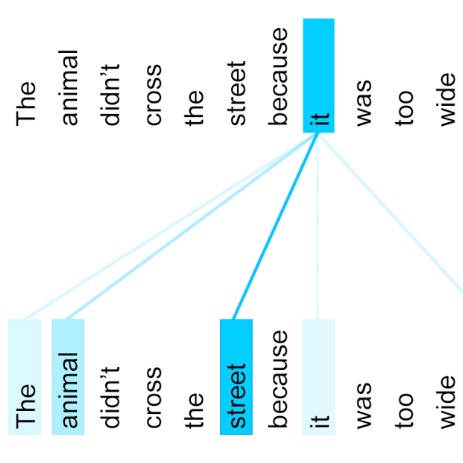Safe navigation of autonomous agents in human centric environments requires the ability to understand and predict motion of neighboring pedestrians. However, predicting pedestrian intent is a complex problem. Pedestrian motion is governed by complex social navigation norms, is dependent on neighbors' trajectories, and is multimodal in nature. In this work, we propose SCAN, a Spatial Context Attentive Network that can jointly predict socially-acceptable multiple future trajectories for all pedestrians in a scene. SCAN encodes the influence of spatially close neighbors using a novel spatial attention mechanism in a manner that relies on fewer assumptions, is parameter efficient, and is more interpretable compared to state-of-the-art spatial attention approaches. Through experiments on several datasets we demonstrate that our approach can also quantitatively outperform state of the art trajectory prediction methods in terms of accuracy of predicted intent.
翻译:人类中心环境中自主动力的安全导航需要理解和预测相邻行人运动的能力。然而,预测行人意图是一个复杂的问题。行人运动受复杂的社会导航规范的制约,取决于邻居的轨迹,并且是多式的。在这项工作中,我们建议SCAN,一个空间环境感应网络,可以共同预测在现场所有行人可被社会接受的未来多轨迹。SCAN将空间近邻的影响力编码为空间近邻使用新的空间关注机制,其方式依赖于较少的假设,具有参数效率,并且与最先进的空间关注方法相比更容易解释。 通过对几个数据集的实验,我们证明我们的方法也可以在数量上超过预测意图准确性方面的艺术轨迹预测方法。



